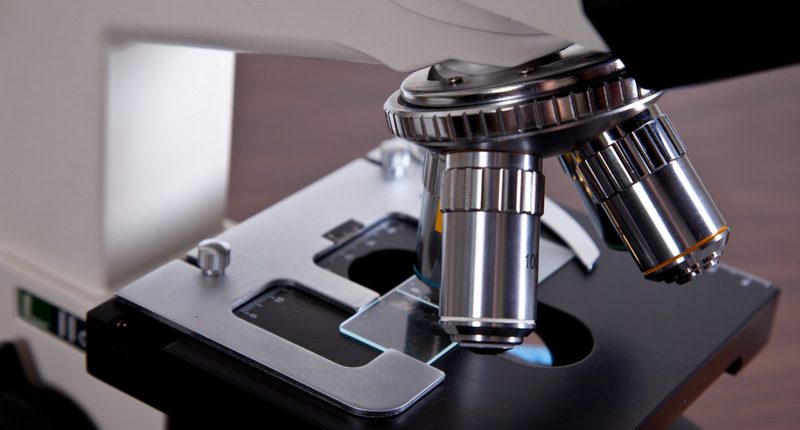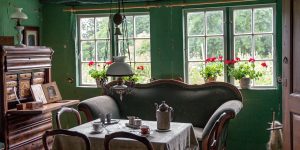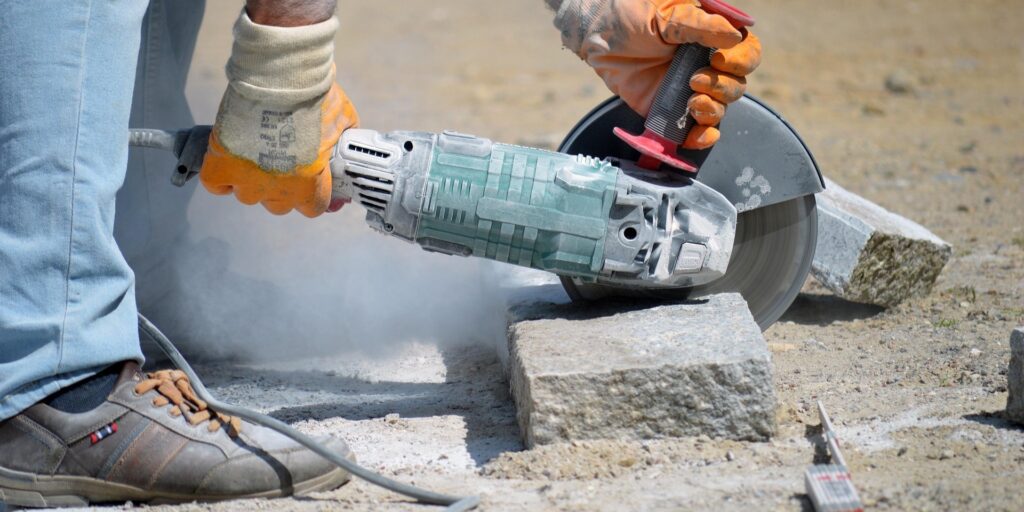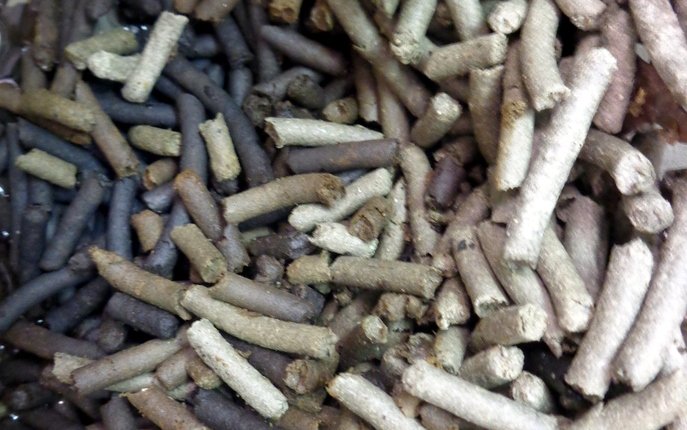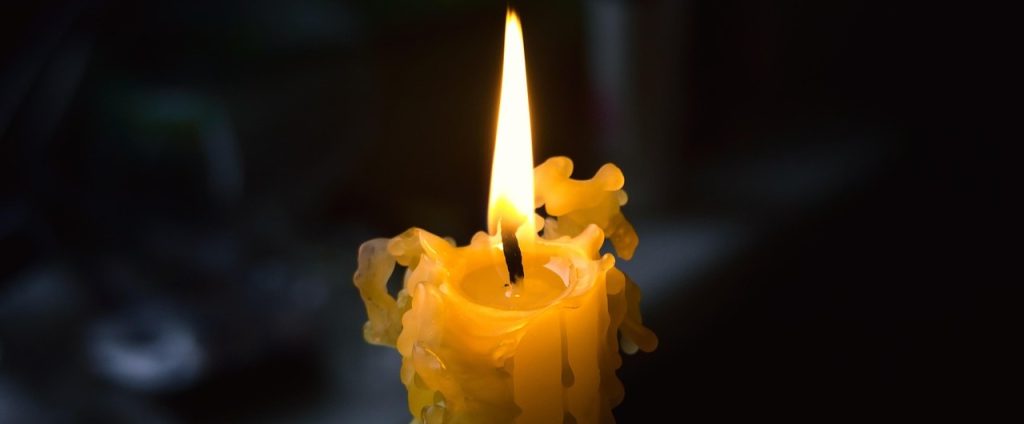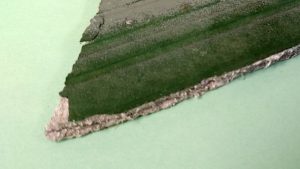 At LCS Laboratory Inc., we specialize in identifying construction materials contaminated with asbestos to help ensure compliance with local regulations and the safety of renovation or demolition projects. Using advanced techniques such as Polarizing Light Microscopy (PLM) with Dispersion Staining and 400-point count analysis, we follow the EPA 600/R-93/116 method to deliver accurate results. Our services meet the standards required by contractors and regulatory agencies across Canada and beyond.
At LCS Laboratory Inc., we specialize in identifying construction materials contaminated with asbestos to help ensure compliance with local regulations and the safety of renovation or demolition projects. Using advanced techniques such as Polarizing Light Microscopy (PLM) with Dispersion Staining and 400-point count analysis, we follow the EPA 600/R-93/116 method to deliver accurate results. Our services meet the standards required by contractors and regulatory agencies across Canada and beyond.
Asbestos contamination remains a significant concern in many buildings across North America. Asbestos, widely used from the 1930s to the 1970s, was officially restricted in 1981. However, some companies unknowingly used old stock of Asbestos Containing Materials (ACM) into the mid-1980s. Our laboratory continues to identify asbestos in buildings constructed as late as 1985. By the 1990s, asbestos was phased out of construction products and replaced with safer alternatives.
The legal limit for asbestos varies by jurisdiction. In Ontario, ACM is defined by Ontario Asbestos Regulation 278/5 as any material containing 0.5% or more asbestos. Other regions may have different thresholds, such as 1% in many U.S. states and 0.1% in Japan. Accurate asbestos testing ensures compliance with these regulations and helps mitigate risks during construction projects.
Step-by-Step Guide to Asbestos Testing
- Plan Your Sampling Day
- Prepare a detailed list of materials to be tested in consultation with your construction crew.
- Download our request for analysis form to organize and document your samples.
- Gather necessary tools, including a P100 respirator, goggles, safety boots, and sampling equipment. Ensure your sampling plan adheres to local asbestos regulations, such as taking 3 to 5 subsamples per material in Ontario.
- Collect Samples Safely
- Wear safety gear and collect small, labelled samples (approximately ½ square inch) of each material. For vermiculite samples, collect at least one cup for accurate analysis.
- Record the locations of all samples on a floor plan or in a notebook.
- Submit Samples for Analysis
- Complete the request form with your contact information, project details, and sample list.
- Send your samples to: LCS Laboratory Inc. 700 Collip Circle, Unit 218, London, ON, N6G 4X8
- International clients, refer to our shipping instructions for smooth delivery.
- Receive Your Laboratory Report
- We will email a detailed report with asbestos content percentages. Compare these results with local legal limits to determine whether materials are classified as ACM.
Understanding Your Laboratory Report
Your report includes a clear breakdown of asbestos concentration percentages to help you assess your materials. Here are some examples of typical findings:
- “<RL” (Less than Reporting Limit): This indicates that the lab did not detect asbestos in the sample. The material can be considered asbestos-free.
- Below the Regulated Limit: For instance, your report may show 0.3% Tremolite asbestos in vermiculite insulation. Since the regulated limit in Ontario is 0.5%, this material does not qualify as ACM.
- Above the Regulated Limit: An example might be 32% Chrysotile asbestos detected in a sample. This clearly classifies the material as ACM, requiring proper handling and disposal.
Understanding these results ensures compliance with local asbestos laws and helps you make informed decisions about managing potentially hazardous materials.
With ISO 17025 accreditation, LCS Laboratory Inc. is a leading provider of asbestos testing services. Our team delivers accurate, timely results to support projects ranging from small-scale renovations to major demolitions. We pride ourselves on maintaining a 5-star rating on Google.
For prices, shipping guidelines, and detailed asbestos sampling instructions, visit our main asbestos testing page. For questions or shipping instructions, contact us directly through our contact page.

